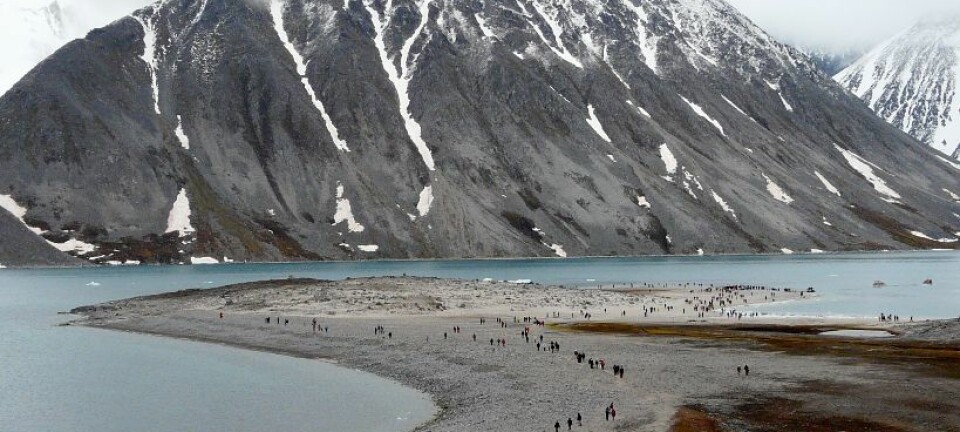
How the tour guide seduces you
Tour guides use a variety of strategies to capture and retain the tourists’ attention.
Guides face an array of changing circumstances when they show tourists around Copenhagen.
Although the tourists have wilfully decided to take part in the guided tour, they do so under widely different conditions.
It may be the husband who is dragged along by his wife, the enthusiastic scholar who wants to dig into the city’s history, or younger tourists who want to tap into the city’s nightlife.
“The guided tour is highly ‘uninstitutionalised’ and the rules are undefined,” says Jane Widtfeldt Meged, who recently defended her PhD thesis ’The Guided Tour – a Co-produced Tourism Performance’ at Roskilde University, Denmark.
The tourist experience takes place in the interaction between the tour guide and the visitors. The guest is the co-producer of the experience.
“The tourist experience takes place in the interaction between the tour guide and the visitors. The guest is the co-producer of the experience,” she says.
“The guide is not an authority who can demand that the guests listen, which is why many tour guides have developed a number of strategies to lure guests into the story.”
Seduction strategies
Experienced tour guides have subconsciously developed such strategies, and Meged identifies these in her thesis.
The most effective one is the ‘intimacy strategy’, which involves using your own person in the narrative.
She explains that it’s very common in the intervals between the various attractions that tourists come up to the tour guide and ask why he or she speaks e.g. Italian, or why as an Italian person the guide ended up living in Denmark. The guests want something out of the guide.
“Some guides use themselves in the narrative. If you drive past an allotment association, the guide will tell the tourists about allotments and that she herself has an allotment with her husband and their two children,” she says.
“Or if a guide is Jewish, she would tell tourists that her family was among those who were helped to Sweden during World War II.”
Conversely, the guide can also draw the tourists into the narrative. If for instance there’s a large group of English people out on a rainy day, saying ‘We call this British weather” would probably create a jovial mood.
National strategy
Another strategy consists of focusing on the tourists’ nationality or education level.
For example, many Italians are amazed to find that young Danes tend to leave their home at the age of 20. Americans are less surprised to hear that.
“Americans, on the other hand, find it fascinating that Denmark is an ancient country with a long history, while Italians tend to be impressed with Danish history, but perhaps not quite as impressed as with their own. The Italians are fascinated to hear how Danes have managed to build a welfare state without corruption and Berlusconi.”
Another of the seduction strategies is based on logistics. This one consists of making the tourist feel privileged to learn about shortcuts through the city or to find the right timing for the change of guard at the Royal Palace.
-------------------------------
Read this article in Danish at videnskab.dk
Translated by: Dann Vinther






